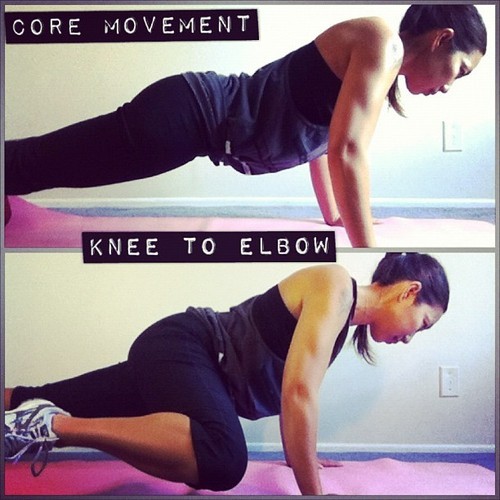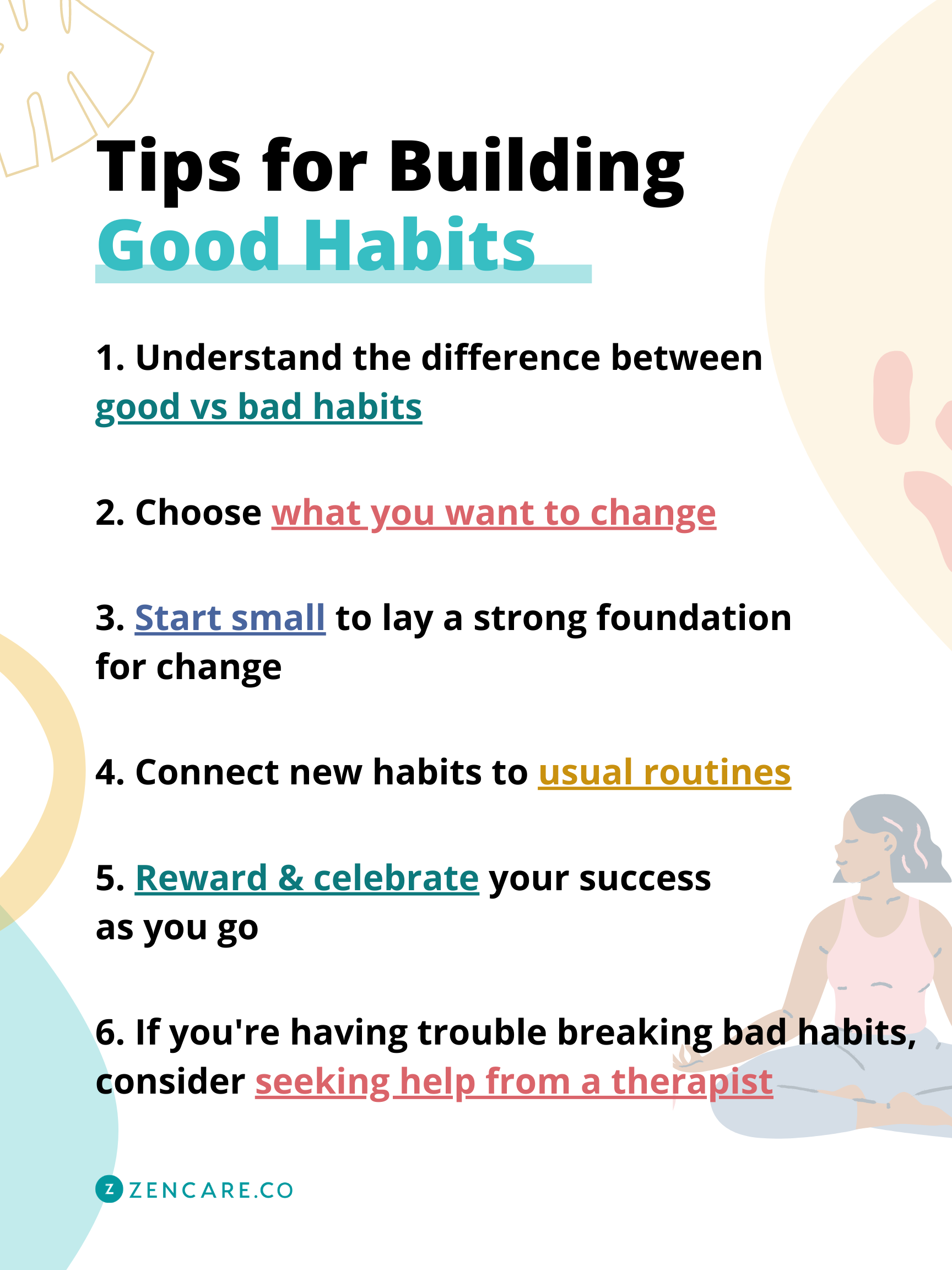
There are many benefits to yoga, and it is not just for athletes. Yoga can be beneficial for people suffering from chronic diseases such as diabetes and high cholesterol. Yoga poses can be beneficial for cardiovascular health. They also increase circulation and reduce stress. Learn more about yoga and its relationship to heart health. These are just a few benefits that yoga can bring to your heart. Continue reading to find out how yoga can help prevent and maintain your heart health.
Pranayama is an important component of Yoga for heart health. It is a series if breathing exercises that provides immediate relaxation. Anulom Vilom is a technique that cleanses the nerves and Alternate Nostril Breathing is one example. It is important to do Yoga for heart correctly under the guidance of a Yoga expert. Also, you should eat a healthy and balanced diet.
Yoga is also known for its ability to lower stress levels. While many believe yoga can prevent or reverse heart disease and other benefits, others argue it doesn't. It does not matter whether you are practicing traditional or alternative yoga, it is crucial to follow the recommended sequence. The British Heart Foundation recommends that you do five to six yoga asanas daily. The most relaxing postures are those that allow you to relax your body and mind.

Yoga has a second benefit: it improves your cardiovascular health. It improves cardiovascular health by reducing inflammation and improving circulation. Regular exercise is crucial. You will reap the benefits if you are able to exercise for just a few minutes per day. But don't be discouraged if you don't get the chance to exercise every day. It's essential to a healthy heart.
Research has shown that yoga can improve LVEF and lipids as well as hyperglycemia. Yoga can also help reduce the risk of high blood pressure and atrial fibrillation. Yoga is a great way to strengthen your heart. Yoga can help improve your heart health. Be aware of the risks involved in this exercise.
Yoga will allow you to reduce your stress levels. Having lower levels of stress can improve your cardiovascular health, so it's vital to reduce it. Although yoga is a great way of relaxing and reducing stress, it is important to still exercise regularly and follow the instructions of a yoga instructor. It will increase your likelihood of practicing yoga regularly. Even if you just do it for a few short minutes every day, it can make a huge difference to your heart health.
Besides the overall benefits of yoga, it can also improve your cardiovascular health. Yoga reduces your blood pressure. It also improves your heart endurance and efficiency. Yoga can also lower your blood pressure. Yoga is a great way to prevent heart disease. It will enhance your overall well-being. It's worth it! Don't delay in starting to practice yoga. It will be a surprise how quickly yoga can improve your health.

The American Heart Association recommends 30 minutes of moderate-to-vigorous physical activity five days per week. Yoga can improve your cardiovascular health. Yoga will also help you relax, which can reduce stress. Yoga can help to lower your blood pressure. Yoga can make you feel more energetic. This is one benefit of having a healthy heart. Yoga practice will allow you to feel more relaxed and will lead you to a longer and healthier life.
Yoga can also help with stress management, insomnia, and depression. It can also relieve anxiety and depression. A study conducted in 2004 found that regular yoga sessions reduced symptoms of mildly depressed individuals. The study also found that participants who practiced yoga regularly decreased their stress levels, resulting in improved mood and reduced fatigue. The study also found that participants had lower levels of stress hormones, which was a significant benefit. Although yoga's benefits are obvious, there are other aspects to your life that can benefit from it.
FAQ
Is there any benefit to doing yoga?
Yoga has been around for thousands of years and is now very popular. It is now very popular among celebrities and even ordinary people who want to look fit and healthy.
Yoga is great because it stretches your muscles while strengthening them. It also relaxes your mind and makes you calmer.
The primary difference between yoga and other forms is the focus on breathing techniques in yoga.
Different poses can be practiced to increase flexibility and balance.
Why Metabolic Well-being is the Key to Aging Well
People live longer today than ever before. However, as they age, so do their chances of getting sicker. Despite making great progress in medical science, it is becoming more apparent that our current approach to medicine is not working.
We must change the way that we look at health and aging. We have to start looking at metabolic health - not just weight loss but overall wellness - as the key to healthy aging.
If you want to live a healthy, active lifestyle for the rest of your life, it is important to maintain a strong metabolism throughout your entire life.
There are many ways you can improve your metabolic health. You can improve your metabolic health by incorporating these 7 foods in to your diet.
-
Resveratrol in blueberries has been shown to support cell longevity. They are rich in antioxidants as well as vitamins C & E.
-
Lentils and pinto beans, which are legumes, provide great fiber and plant-based sources of protein. These nutrients help maintain blood sugar levels so they don’t spike and fall.
-
Broccoli's sulforaphane has been shown to protect DNA from damage in research. It might even slow down the progression of cancer.
-
Chia Seeds are high in omega-3 fatty acids and fiber. They are rich in protein and antioxidants. These nutrients promote gut health, brain function and heart health.
-
Green Tea contains polyphenols called caechins. Green tea catechins have been shown to reduce bone fractures, heart disease, cognitive decline, diabetes risk, and other health issues.
-
Salmonis one of the best sources of lean protein, low in saturated fat, and packed with vitamin D.
-
Walnuts contain omega-3s and antioxidants like alpha lipoic acid (ALA). ALA helps boost energy production and protects against inflammation.
Which dietary supplement is good for weight loss?
Weight loss requires diet and exercise. However, some people find that certain supplements help them along the way.
Studies have shown that omega-3 fatty acid may be beneficial in weight loss. Omega-3s, essential fats, are critical for brain function and cell membrane health. They can be found as a part of seafood such as tuna, salmon, shrimp, and cod live oil.
Another study suggests that green-tea might help with weight loss. Green tea has catechins, which are antioxidants that can help increase metabolic rate and encourage weight reduction.
How many times per week do I need to exercise?
It depends on what type of exercise and how much time are available. An average guideline is to do moderate-intensity aerobic activity 3 to 5 days per semaine. It is important not to overdo it. Consistent exercise is essential to achieving maximum benefit from your workouts.
Which exercises are best suited for me?
It all depends on your fitness goals. Some people are more focused on endurance activities such as running, cycling and swimming. Others love lifting weights or using resistance bars. There are many types of exercise programs today. Find the best option for you.
What does butter do to men?
Butter is one of the best sources of saturated fats. This fat is good for hair and skin health, as well as stronger bones.
Vitamin K is also found in butter, which helps prevent bleeding from cuts or bruises. Vitamin K works together with vitamin C to prevent bruising.
Butter is also rich with minerals, such as calcium and phosphorous. These elements encourage stronger bones.
Butter has its drawbacks. Butter contains high levels of cholesterol. A few studies have shown that too much cholesterol can increase the risk of developing coronary disease.
Butter is also high in saturated fat which can lead to obesity and higher cholesterol.
Butter can be spread on bread, but you don't have to dip it into soups or salads if you absolutely must. Bread absorbs more oil that pasta and potatoes.
Statistics
- According to the American Academy of Dermatology (AAD), men over 50 are at a heightened risk of developing it. (healthline.com)
- According to the American Heart Association, blood pressure should be checked at least once every two years, beginning at age 20. (my.clevelandclinic.org)
- Get free shipping and 25% off today. (healthline.com)
- An estimated calorie range for moderately active adult males falls between 2,200 to 2,800 calories per day, depending on age. (eatright.org)
- Candidates and applicants must pass all four tests at 70% (minimum level) to graduate from Basic Deputy U.S. Marshal (BDUSM) Training. (usmarshals.gov)
External Links
How To
How can a man lose weight in just 30 days.
The best way to achieve fitness goals is by breaking them into small achievable steps.
Every day, you must work towards your goal. This could be as simple as doing 10 pushups and running for 3km.
Positive results will be achieved if you do this consistently over time.
Here, consistency is the key. You must persevere until your success is achieved.
What is the difference between Aerobic Fitness (or Anaerobic Fitness)?
Anaerobic fitness refers the body's ability to do intense physical work while lacking oxygen. During periods of high-intensity exercise, we use anaerobic pathways to provide enough energy to complete the task. Anaerobic pathways include glycolysis and creatine phosphate.
Cardio fitness is, in contrast to aerobic fitness, the practice of sustaining low-intensity exercise. When doing aerobic exercises, oxygen serves as the primary source for fuel for the cells. In other terms, the aerobic pathway has more energy that the anaerobic.
For example, if you want to run a marathon, you must first build up your aerobic capacity. If you don't focus on increasing your aerobic capacity, you will not be able finish the race.
Aerobic fitness is also known as cardiovascular fitness. The two most common methods of measuring cardiovascular fitness are VO2 max testing and step tests.
Tests for VO2 Max
VO2 max is the maximal amount of oxygen (O2) that the body uses during exercise. This test measures the amount of O2 the body can utilize while exercising.
This is the best test to assess cardiovascular fitness. The test is difficult to administer because it requires expensive equipment.
Step Tests
Step tests are simple yet effective methods of measuring cardiovascular fitness. You will be asked to walk, jog or run for a specific time on a track. This is based on your age or weight.
These tests can be conducted almost anywhere and are cheap, simple, and easy. You can, for example, walk for 2 minutes on a treadmill, then rest for 1 min, then repeat the process for 20 minutes. Then, stop. Throughout the entire session, your heartbeat should stay within a set range.
This method is known by the "Bruce Protocol". Bruce was himself a runner and developed the protocol after realizing his heart rate wouldn't increase when he ran for longer distances.